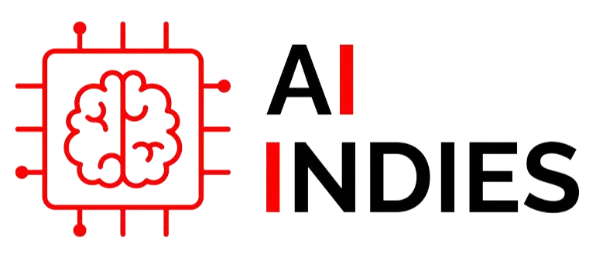The concept of training an AI model can you train 8 days a week ai might sound like science fiction, but the rapid pace of AI development is making once-unthinkable ideas a reality. In this blog, we delve into the world of AI training, exploring whether it’s possible to push the limits of AI learning with an unprecedented workout schedule.
Understanding AI Training
Before we dive into can you train 8 days a week ai workout, let’s clarify what AI training entails. Essentially, it’s a process of feeding an AI model massive amounts of data to teach it to recognize patterns, make decisions, and perform tasks. The more data an AI consumes, the better it becomes at its assigned duties.
The Case for Continuous Training
Proponents of frequent AI training argue that it accelerates learning. Just as humans benefit from consistent practice, AI models can improve faster with continuous exposure to new data. Additionally, in rapidly evolving fields like medicine or finance, staying up-to-date with the latest information is crucial. An eight-day training schedule could theoretically provide AI with a competitive edge.
The Drawbacks of Overtraining
However, excessive training can also lead to diminishing returns. Overtraining can cause AI models to become overfitted, meaning they perform exceptionally well on the training data but struggle with real-world applications. This phenomenon, often referred to as “overfitting,” can hinder the AI’s ability to generalize and make accurate predictions.
Computational Constraints
Another hurdle is the sheer computational power required for non-stop training. AI models are resource-hungry, and running them continuously for eight days demands significant hardware infrastructure. The cost of such an operation can be prohibitive for many organizations.
Ethical Considerations
Ethical implications also arise. Continuous AI training raises questions about data privacy and security. Handling vast amounts of data increases the risk of breaches, exposing sensitive information. Striking a balance between training efficiency and data protection is essential.
Is There a Middle Ground?
While an eight-day workout might be impractical or unnecessary for most AI applications, there’s potential for strategic, focused training periods. For instance, AI models in critical areas like disaster response or medical diagnosis could benefit from intensified training during peak demand times.
Leveraging Transfer Learning
A potential workaround for the challenges of continuous training is transfer learning. This technique involves using a pre-trained model as a starting point for new tasks, reducing training time and computational resources. By combining transfer learning with strategic training periods, organizations can optimize AI development without overexerting their models.
Monitoring and Adaptation
To prevent overfitting and ensure optimal performance, AI training should be closely monitored. Regular evaluation metrics can help identify when a model is starting to plateau or degrade. Additionally, adaptive learning techniques can allow AI models to adjust their training process based on performance feedback.
The Role of Hardware Acceleration
To support intensive AI training, advancements in hardware are crucial. GPUs, TPUs, and specialized AI accelerators are becoming increasingly powerful, enabling faster training times and handling larger datasets. By leveraging these technologies, organizations can potentially sustain longer training periods.
Data Quality and Quantity
The quality and quantity of training data significantly impact AI performance. An eight-day training regimen requires a steady supply of high-quality data. Data curation and preprocessing become critical to ensure the AI model learns effectively and avoids biases.
The Importance of Human-in-the-Loop
While AI can learn from vast amounts of data, human expertise remains invaluable. Incorporating human feedback into the training process can help refine AI models and prevent unintended biases. A hybrid approach combining AI and human intelligence can lead to more robust and reliable systems.
Beyond the Eight-Day Week: Continuous Learning
Rather than focusing solely on intensive training periods, a more sustainable approach might involve continuous learning. AI models can be updated regularly with new data and insights, allowing for gradual improvement over time. This approach can help mitigate the risks of overtraining and ensure the AI system remains relevant.
Conclusion
The idea of training AI can you train 8 days a week ai is intriguing, but it’s not a one-size-fits-all solution. While continuous learning can accelerate AI development, overtraining and computational limitations pose significant challenges. The optimal training frequency depends on the specific AI application, available resources, and ethical considerations.
As AI technology continues to advance, we can expect innovative approaches to training to emerge. By carefully considering the benefits and drawbacks, organizations can harness the power of AI while mitigating risks.




